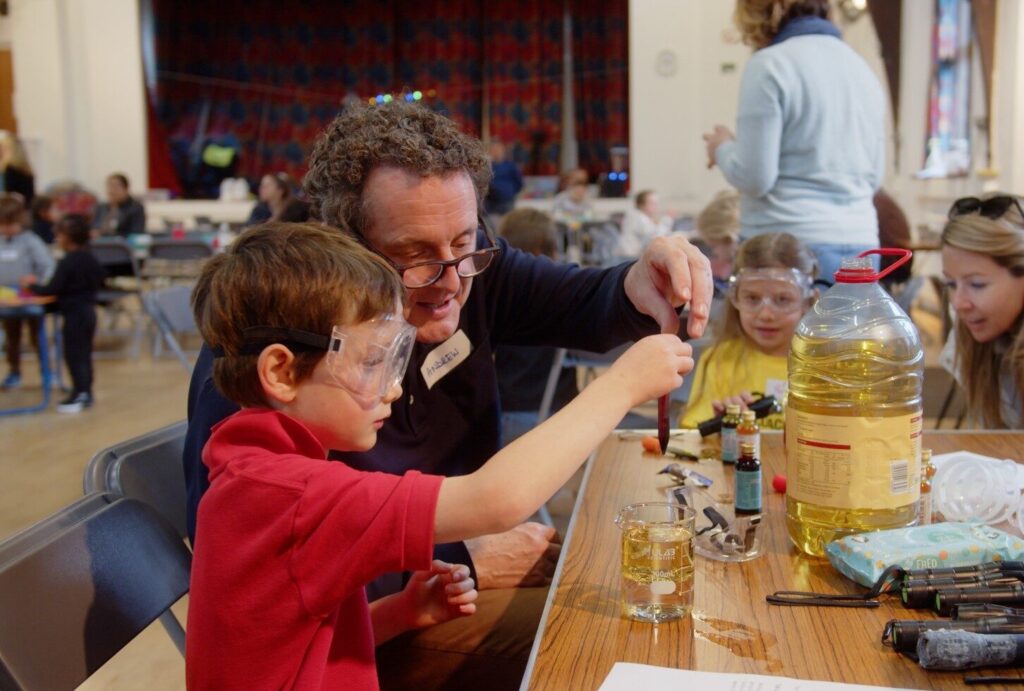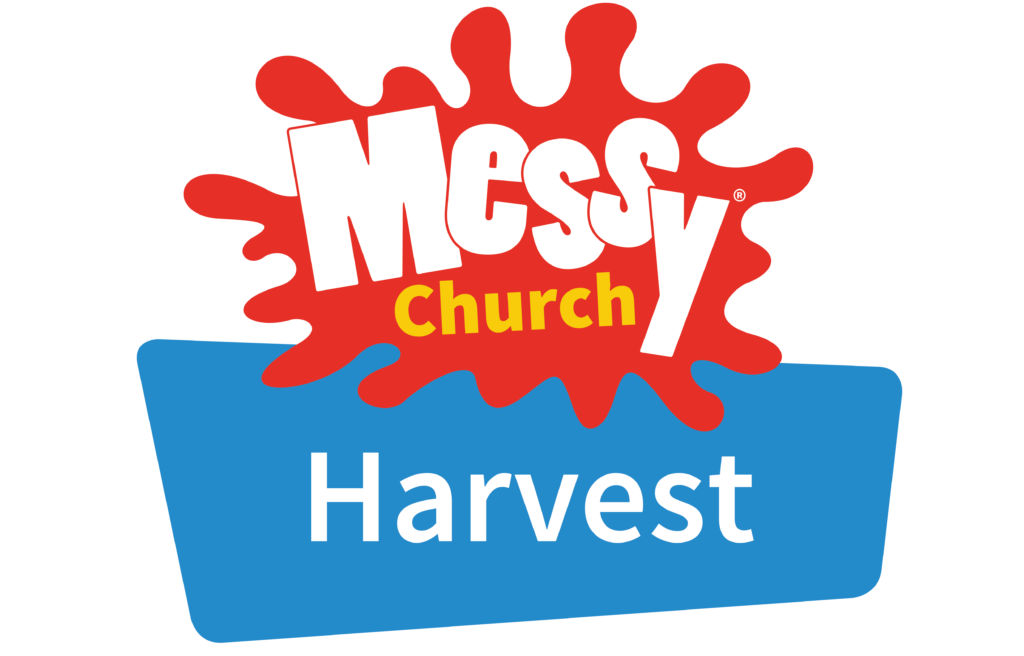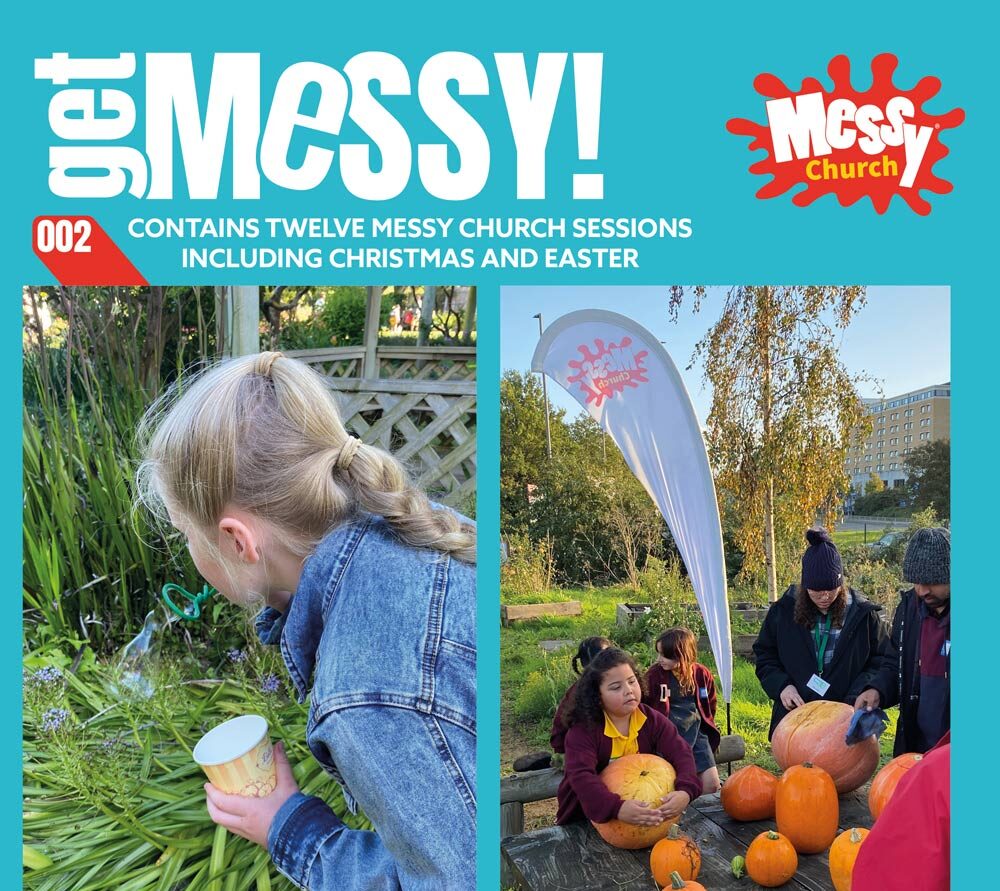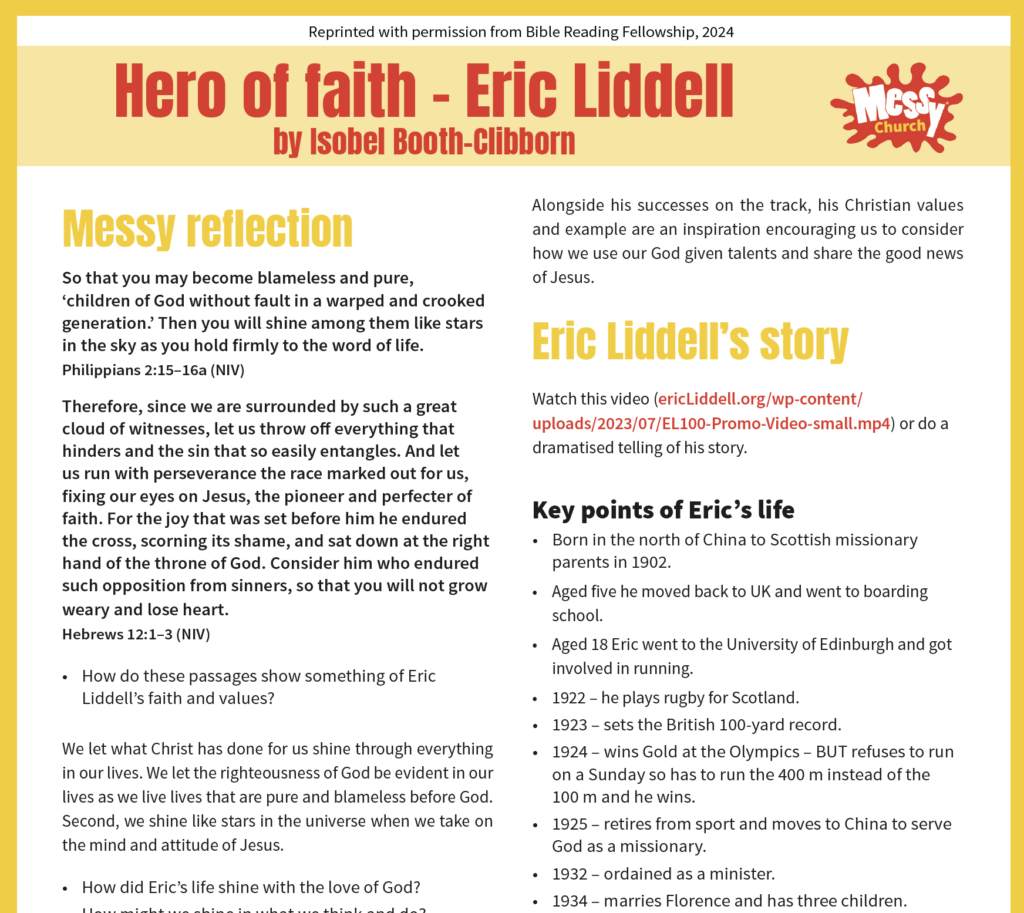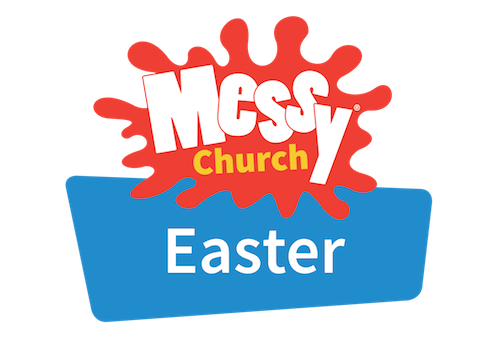Over the years, Messy Church has grown hugely and we are now celebrating over 3000 churches that are part of the network. With the amount of registrations growing monthly, the amount of families attending this all-age ministry is surely growing too.
The team has decided to put together helpful ‘Maximising the Mess’ guides to help your families to be excited, ready to come back each month and for you to make the most of your Messy Church.
How do we operate as a larger Messy Church?
What a wonderful ‘problem’ to have: ‘We’ve got too many people coming to church!’
We’ve put together a list of things that would be good to think through if you’re leading a larger Messy Church. Many of these ideas may also help people running smaller Messy Churches on a skeleton team or simply make you think, ‘Oooh, that’s a good idea!’
Setting up
- Draw a quick table plan for your room/s to help those setting up. Include a pram park area, a ‘drying’ area for artwork, a ‘welcome’ area and possibly a safe ‘tots’ area.
- Risk assess the rooms to be used.
- Display clear notices with programme timings and directions to rooms at child height as well as adult height. Include friendly safety notices such as those to deter children from the kitchen.
- Set up a sound system to coordinate transition times.
Welcome
- Someone out on the pavement to welcome with a huge smile.
- Several ultra-speedy registration points which involve simple registration sheets with 20 name spaces. When a sheet is full, you can send a runner to the kitchen to relay that another 20 people have arrived.
- Main welcome point with your friendliest Messy people. These welcomers (consisting of adults, teens and children) talk to adults, teens and children, help with coats and bags, and direct to the pram park area. They give out a take-away sheet with the programme and theme (copy around 40, one per family). They help families to write names on a badge. They inform families of anything about today’s session that isn’t immediately obvious. More detailed registration forms can be filled in here if families are new. Have leaflets about church and community events and groups on the table.
Craft/activity tables or spaces
- You will probably need 30 to 50 items per table for 100+ participants in one hour, depending on complexity. For food crafts you will need 80 to 90 items. Instead of pre-cutting out, have the templates for cutting around as part of the activity.
- Try to have at least two team people per craft/activity—not just because of large numbers but also because it is good to encourage team friendships.
- Save queuing time for washing hands by placing washing-up bowls of soapy water and towels or paper towels next to messier activities.
- If you decide to offer hot drinks during the busy craft time, invest in disposable sip cups for safety.
- Think about the logistics of drying a large number of ‘painty’ or sticky items over two hours and choose activities for which you have space.
- If your team becomes overstretched during the activities time, investigate which community or church groups could be invited to your Messy Church to help. Each group could come once a year to share their skills. Try the Scout Group, Guide unit, banner makers, flower arrangers, knit and natter groups, keep fit club, men’s shed. (Agree a safeguarding policy and stick to it.)
- Create a small, friendly team of people to be ‘chatterers’ during the activity time, to befriend and help families with multiples of children. Ask them to feed back after each session. You will find this invaluable.
Celebration Time
- Direct well. Have welcomers at the door to the Celebration area to help people transition well. Large numbers mean time lost in settling down. Use music to draw the families in and set the worship atmosphere you want.
- If you have creative prayers planned but numbers are larger than expected, invite each family (rather than each person) to partake in holding/moving an item or symbol you have prepared for them.
- If larger numbers are more difficult to quieten for prayer, try an all-age prayer drill. Also, whispering slowly and loudly into a microphone works wonders!
Meal
- Plan a year-round menu list, including hot food for colder months, and alternating three or four favourites. This will help you to discover the best prices for items needed in your community. Ask your team which supermarkets they use and ask them to be bargain spotters for minced beef, sausages and so on. Freeze any bargains.
- If you offer sandwiches, then consider a hot pudding, such as apple crumble. Have a fruit bowl option and ask four team members, on a rota, to donate apples, bananas, small easy-peel oranges and grapes. Another dessert option is to ask each team member to bring six small cakes, bought or home-made.
- Do a Messy deal with your local chip shop. If you ask only every now and then, it could work out as a good deal for chips.
- Ask each team member or other church congregations to donate plastic cutlery to save on the huge amounts of washing up, or have a ‘Scout camp’ washing-up system, with bowls of warm soapy water where those who want to can do some ‘first stage’ washing up.
- Set up the tables street style so that you can push trolleys around more easily or carry trays of food and drinks more safely.
- If you want people to collect food from a hatch/table area, direct them well, and try to have multiple serving stations. However, as this is reminiscent of queuing for school meals, it may not be seen as very hospitable. Sitting at tables and having a dish per table to serve themselves is better.
- Try a ‘Messy monitor’ idea where you designate one person per table to be the fetcher, server and collector for the mealtime.
- Avoid anyone running around at the end of meals by having activities throughout the meal time, for example, Table Talk card games, creative prayers, birthdays, notices, quizzes and so on.
- Invite monitors or families to collect empty plates and bowls and place on a designated table nearer the kitchen for easy clear-up.
We’re interested to know your thoughts on operating a larger Messy Church.
- Have you used some of the tips and have they worked?
- Is there any advice that we haven’t included?
- How do you make sure that families feel welcome among a big group?
